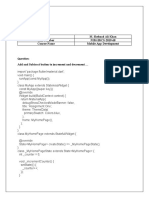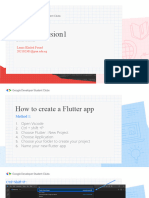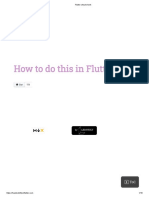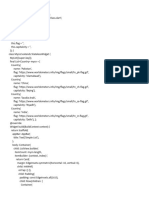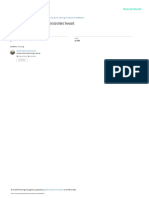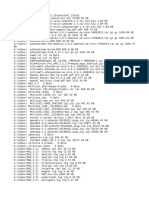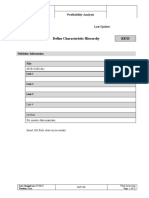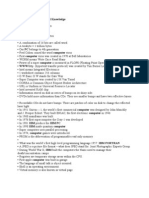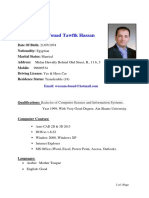0% found this document useful (0 votes)
37 views5 pagesAddition of Two Numbers
This document is a Flutter application that implements a simple addition of two numbers. It features a user interface with text fields for inputting numbers and a button to perform the addition, displaying the result on the screen. The app uses state management to update the displayed answer when the user clicks the add button.
Uploaded by
shejal.palCopyright
© © All Rights Reserved
We take content rights seriously. If you suspect this is your content, claim it here.
Available Formats
Download as DOCX, PDF, TXT or read online on Scribd
0% found this document useful (0 votes)
37 views5 pagesAddition of Two Numbers
This document is a Flutter application that implements a simple addition of two numbers. It features a user interface with text fields for inputting numbers and a button to perform the addition, displaying the result on the screen. The app uses state management to update the displayed answer when the user clicks the add button.
Uploaded by
shejal.palCopyright
© © All Rights Reserved
We take content rights seriously. If you suspect this is your content, claim it here.
Available Formats
Download as DOCX, PDF, TXT or read online on Scribd
/ 5



















